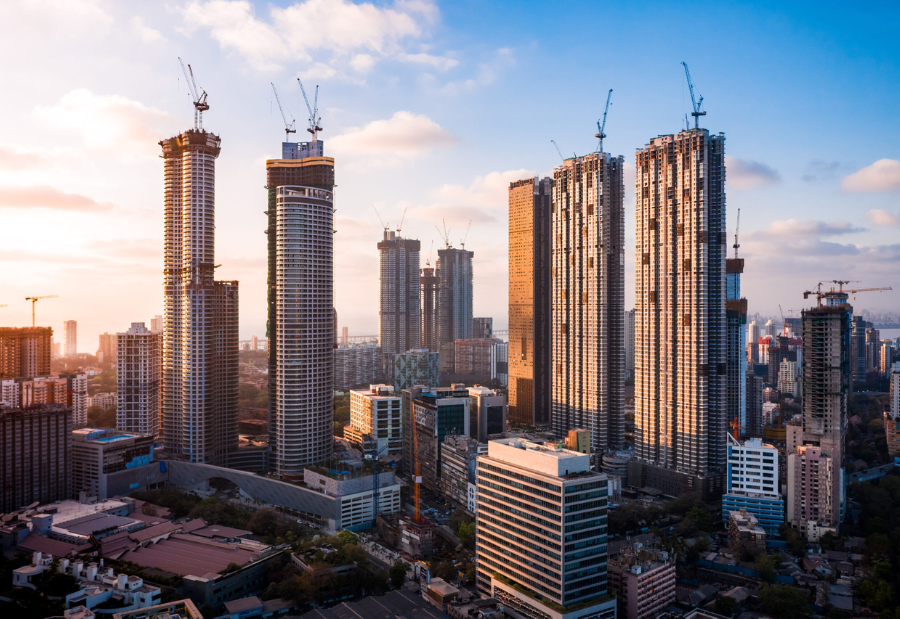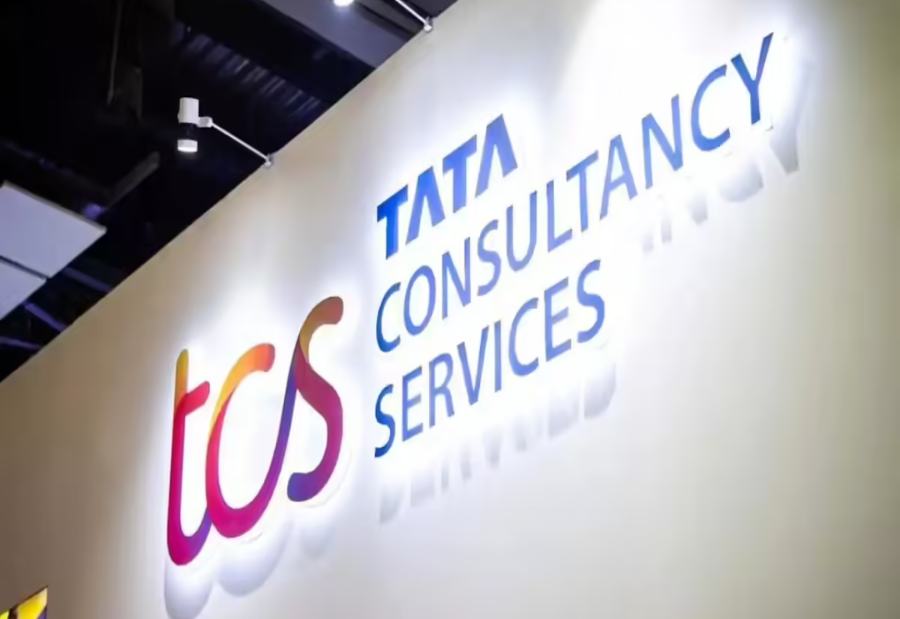India has emerged as one of the few major markets where commercial real estate has recorded strong growth in transaction volumes in recent years. This has been driven by rising asset values, steady liquidity and long-term economic potential. Large foreign investors have been among the biggest beneficiaries, initially concentrating on large office campuses that support global technology, software and customer service operations. Returns were further strengthened by the creation of a domestic real estate investment trust framework, which gave investors clear exit routes. Today, the country’s four listed REITs manage assets worth more than 19 billion dollars.
According to Hari Krishna, managing director and head of real estate India at a leading global investment firm in Mumbai, the market is no longer limited to the office sector. With AI adoption and hybrid work trends reducing demand from third-party outsourcers, “third-party outsourcers have been shrinking from a footprint perspective because their headcount is not growing.” However, this shortfall is being balanced by the rise of global capability centres, where multinationals are now building talent pools for core strategic work.
The arrival of new investors, including large Japanese funds, has also expanded interest in other areas. Data centre developments are attracting strong capital as companies shift to the cloud, while industrial and logistics assets are in focus. A global property consultancy reported that Grade A logistics vacancies in India were at 6.3 percent in the first quarter and are projected to drop to 1.5 percent by 2027. Almost half of this Grade A stock is already backed by institutional capital.
Krishna noted that consolidation is taking place in logistics, with growth supported by “a combination of China plus one, light industrial, e-commerce and retail spend.” He added that net absorption has risen by about 35 percent year on year in recent times. This strong performance contrasts with markets such as the United States and the United Kingdom, where demand is weaker. “India is one of the unique situations where there is rising demand combined with falling supply,” Krishna said.
Also read: Viksit Workforce for a Viksit Bharat
Do Follow: The Mainstream formerly known as CIO News LinkedIn Account | The Mainstream formerly known as CIO News Facebook | The Mainstream formerly known as CIO News Youtube | The Mainstream formerly known as CIO News Twitter |The Mainstream formerly known as CIO News Whatsapp Channel | The Mainstream formerly known as CIO News Instagram
About us:
The Mainstream formerly known as CIO News is a premier platform dedicated to delivering latest news, updates, and insights from the tech industry. With its strong foundation of intellectual property and thought leadership, the platform is well-positioned to stay ahead of the curve and lead conversations about how technology shapes our world. From its early days as CIO News to its rebranding as The Mainstream on November 28, 2024, it has been expanding its global reach, targeting key markets in the Middle East & Africa, ASEAN, the USA, and the UK. The Mainstream is a vision to put technology at the center of every conversation, inspiring professionals and organizations to embrace the future of tech.




